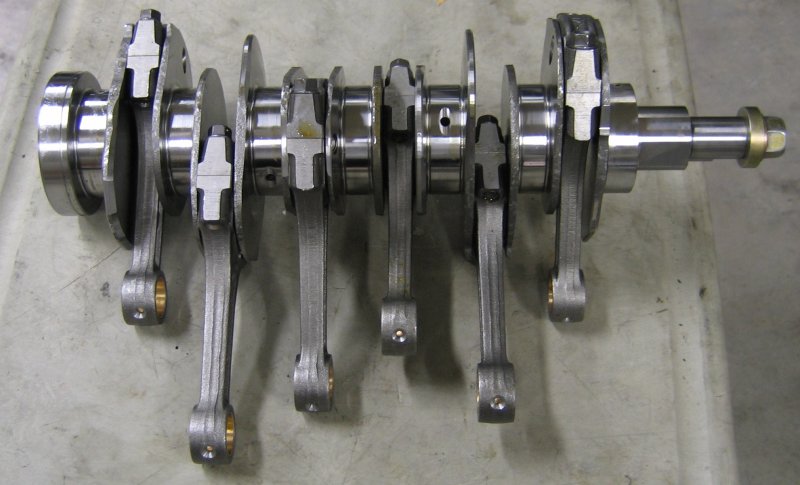For cars with single mass flywheels, is there a reason -- OTHER than drivability and cost -- why they're not as light as possible from the factory?
I'd imagine a lighter flywheel might have less heat capacity and vibration damping; theoretically, that might shorten the lives of the clutch and certain parts in the engine and transmission. Can't find much discussion of either possibility, though.
Anyone know, or have any thoughts?
I'd imagine a lighter flywheel might have less heat capacity and vibration damping; theoretically, that might shorten the lives of the clutch and certain parts in the engine and transmission. Can't find much discussion of either possibility, though.
Anyone know, or have any thoughts?









